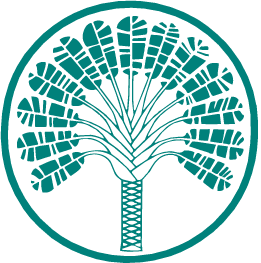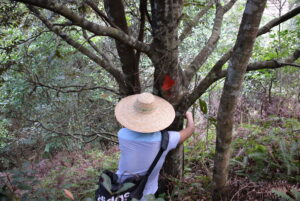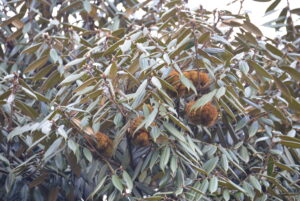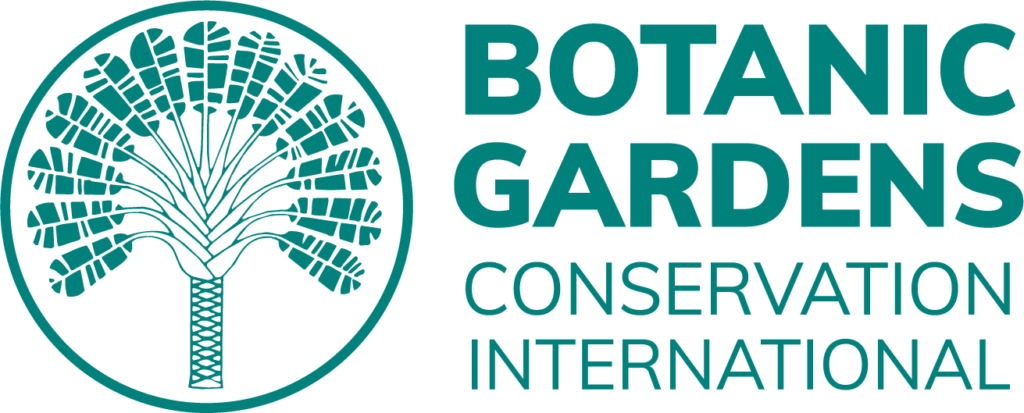- Species
- Castanopsis concinna
Castanopsis concinna

Where is this tree found?
Currently, there are only 3 small subpopulations in Guangdong province, on low-lying hills on the coast from the mouth of Zhujiang River to Shiwan Mt., and very occasionally seen in Hongkong.
Why save this tree?
The Castanopsis concinna has considerable economic and ecological value. The wood is hard, brightly coloured, tough and elastic, and resistant to water and moisture. Tannins can be extracted from the bark, which are widely used in medicine, food, cosmetics, dyeing and other industries. The seeds are rich in starch and taste similar to chestnuts, making them a potential source of food for humans. This species is a canopy tree in subtropical evergreen deciduous forests that can not only provide shade and growing space for other plants, promoting forest ecosystem diversity and stability, but also provide food sources for animals through its starchy seeds. It was once a representative tree species of subtropical forests, but currently its population is declining.
This project will not only save this species, protect and restore the natural forest ecosystem, but also provide reasonable guidance for its sustainable use, share the value of biodiversity and conservation to the local community, as well as provide job opportunities and improve the livelihood for the local community.
How to save this species
Funding for this project will allow comprehensive surveys of the wild populations to examine the true extent of the remaining populations of C. concinna.
Seeds will be collecting for this species and other native companion species for propagation, by considering genetic diversity. New nurseries will be set up in the local village and about 1000 seedlings of the target species and about 10000 seedlings of other native companion species will be propagated and planted in the wild for restoration by partnering with local communities and stakeholders. Ex situ conservation actions will also be implemented by conserving in 2-3 botanical gardens, arboreta and forest parks.
The project aims to strength cooperation with local forest administration department and local communities, improving their livelihood, enhancing the conservation and restoration techniques of local people and technicians of forest departments, by providing training courses.
A systematic, cost-effective, and rational approach
- Field investigation and involvement of local people
- Seed collection and viability testing
- Setting up new nurseries in the local village and seedlings propagation of target species and associated species
- Capacity building
- Working with local community and forest departments to select reintroduction and restoration sites
- Developing outreach materials and implement educational activities
Partners for Castanopsis concinna
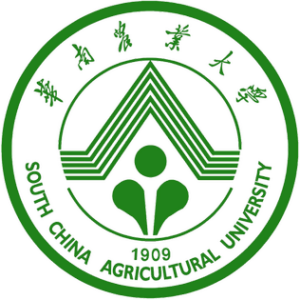
Sponsors for Castanopsis concinna


